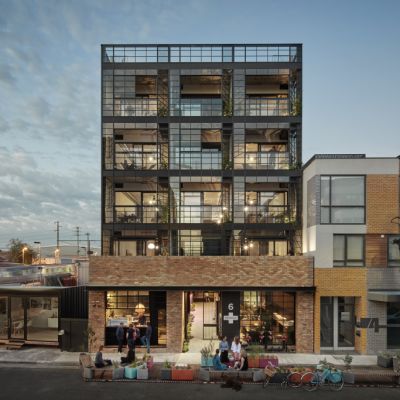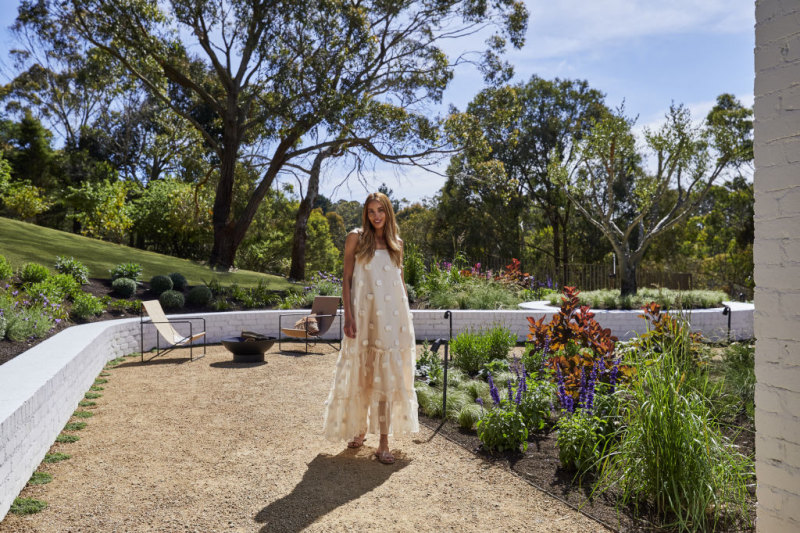The future is handmade: All of the trends that emerged from Design Miami 2018

Every year, Design Miami brings together some of the design world’s most prominent gallerists, designers, collectors and design enthusiasts. A small number of tightly edited galleries present museum-quality exhibitions of collectible 20th and 21st-century furniture, lighting and art.
This year, a number of themes and trends emerged, while others took on new meaning and iterations.
A nod to the past
This year saw a substantial representation of 19th and 20th-century furniture and objects from design greats like Jean Prouvé, Jean Cocteau and Pierre Jeanneret, among them an assemblage of Karl Emanuel Weber’s (KEM) designs for the Walt Disney Studio animation offices and Shaker antiques from John Keith Russell.
Trend to watch: Collector and vintage pieces in interiors, heavily contrasted alongside contemporary elements.
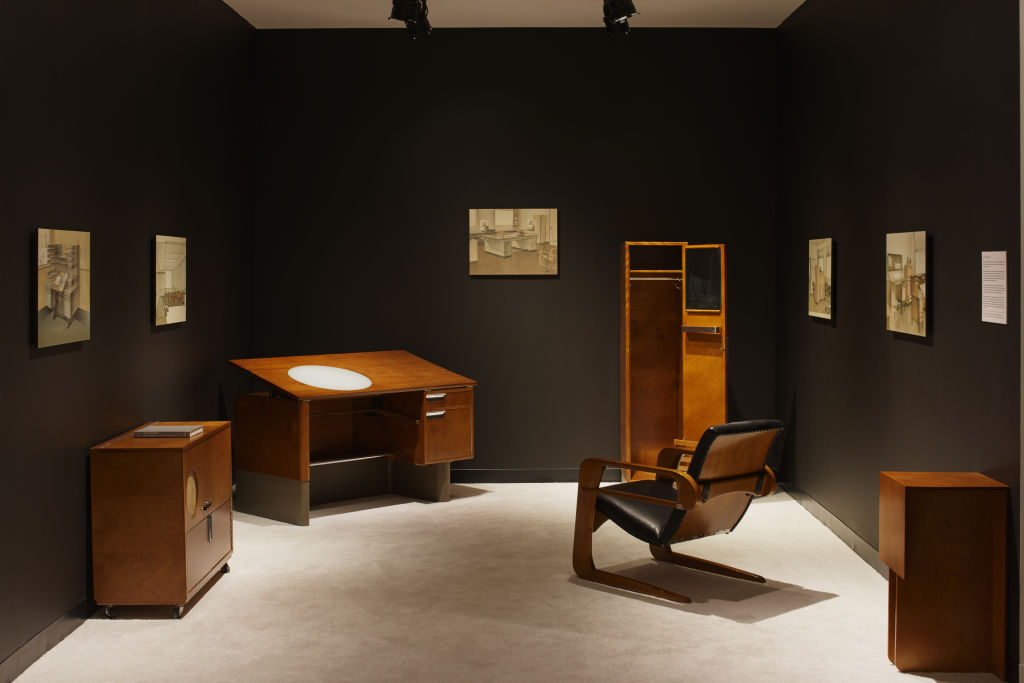
Play and whimsy
From unrefined ceramic works to cartoonish objets d’art, the playful trend seems to be stronger than years past. Ceramic works by Jasmin Anoschkin at Hostler Burrows, South African artist Porky Hefer’s human-scale living pods and nests (handcrafted from leather and woven grass) and a lamp featuring 54 multi-coloured bendable arms by Gaetano Pesce all brought whimsy to the fair.
So did The Haas Brothers’ massive hand-carved marble tub and The Campana Brothers x Kaws collaboration, which converted stuffed animals into plush furniture. Play is no longer considered childish, but intrinsic to producing good design.
Trend to watch: Fantasy, play and humour will take root in all aspects of design, from affordable consumer goods right up to high-end design.
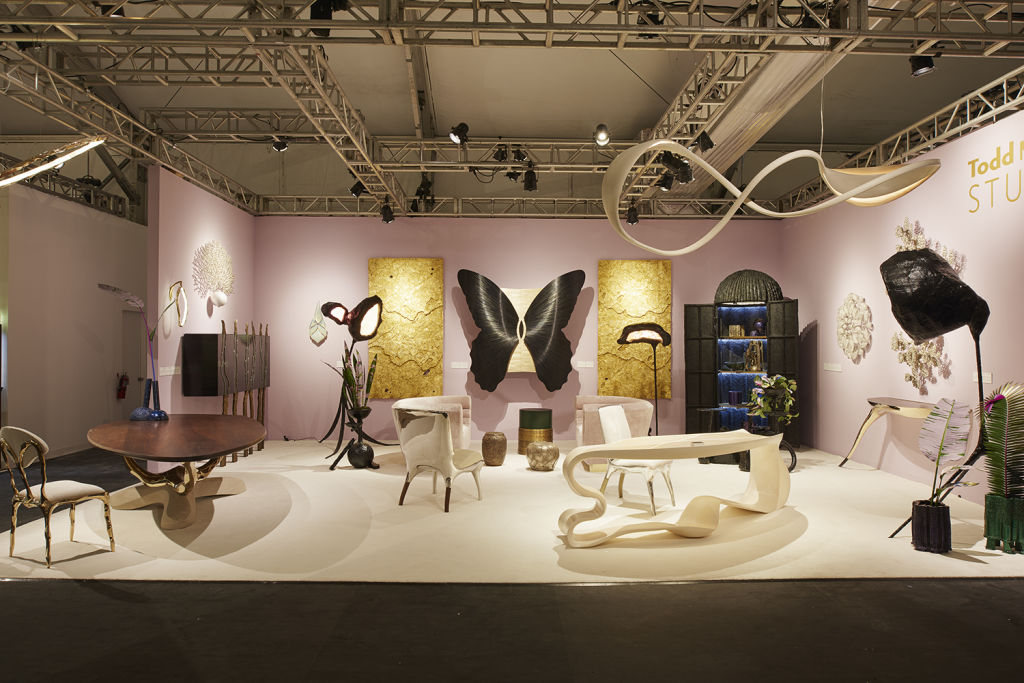
Unearthed
A number of artworks and furniture pieces this year were inspired by textures and materials sourced from the natural world. J. Lohmann Gallery’s exhibition of work by emerging South Korean artists was one such example.
Designers also unearthed precious resources as seen in The Geology Table by Chen Chen and Kai Williams at Future Perfect, where a cross-section through various stones reveal the nature of the minerals hidden inside.
Trend to watch: Geological-inspired fabric and furniture and deep, jewel-toned colour palettes featuring amber, ochre and emerald.
Industrial materials
The fair exposed the increased use of industrial materials in design. Sang Hoon Kim’s furniture featured layered foam exposed to various ratios of chemical solutions.
Michael Young’s MY Collection furniture was composed of hollow stainless-steel extrusions capped with white enamel. Théophile Blandet’s cut, chopped and broken works in plastic at Functional Art Gallery support his assertion that plastic will be banned entirely in the near future.
Trend to watch: Deconstructed furniture made from crude and hard-edged industrial materials. These will also be used in kitchen and bathroom design to create interiors with edge.
The future is handmade
Many pieces honoured techniques like weaving, hand looming and woodturning and explored collaborations between designers who are working directly with local artisans.
A remarkable chair – Entrevero – by Cristián Mohaded with Josefina Roca explored the manipulation of materials through historical, artisanal and industrial Argentine techniques.
Josh Laarman’s extraordinary Maker bench composed of diamond-shaped pieces of maple and walnut and Choi Byung Hoon’s “afterimage”, both at Friedman Benda, demonstrated exquisite craftsmanship.
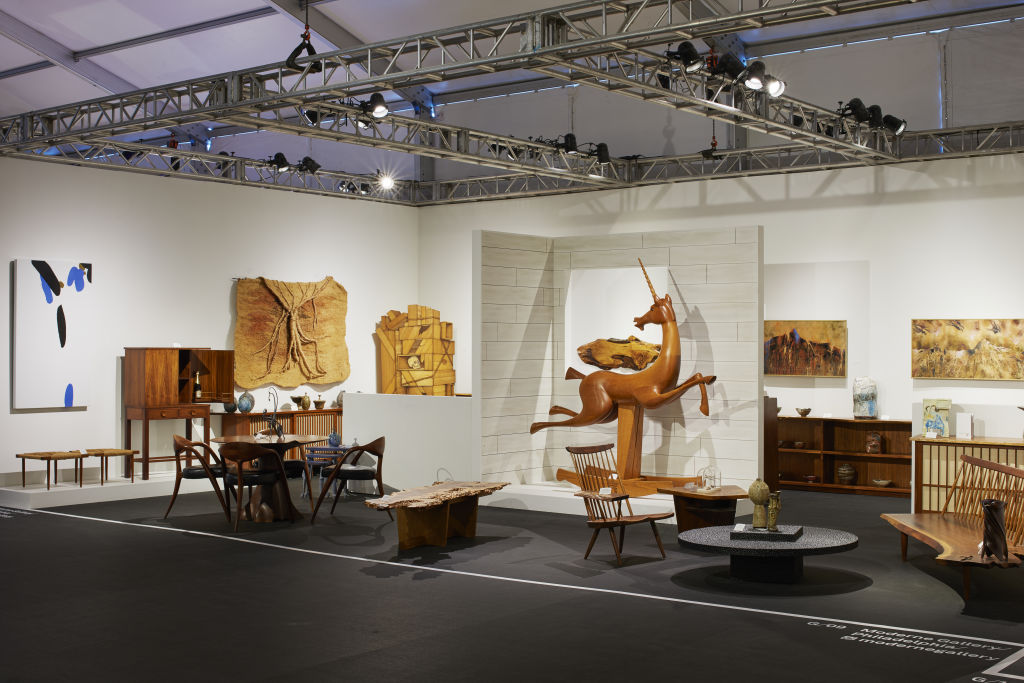
This trend pushes us further away from throwaway consumer culture, one which threatens the very future of our fragile planet and focuses squarely on craft and process.
Trend to watch: The increased use of sustainable materials like clay, grass, rice paper, jute, cork and bamboo in homewares and ceramics.
We recommend
States
Capital Cities
Capital Cities - Rentals
Popular Areas
Allhomes
More
- © 2025, CoStar Group Inc.


